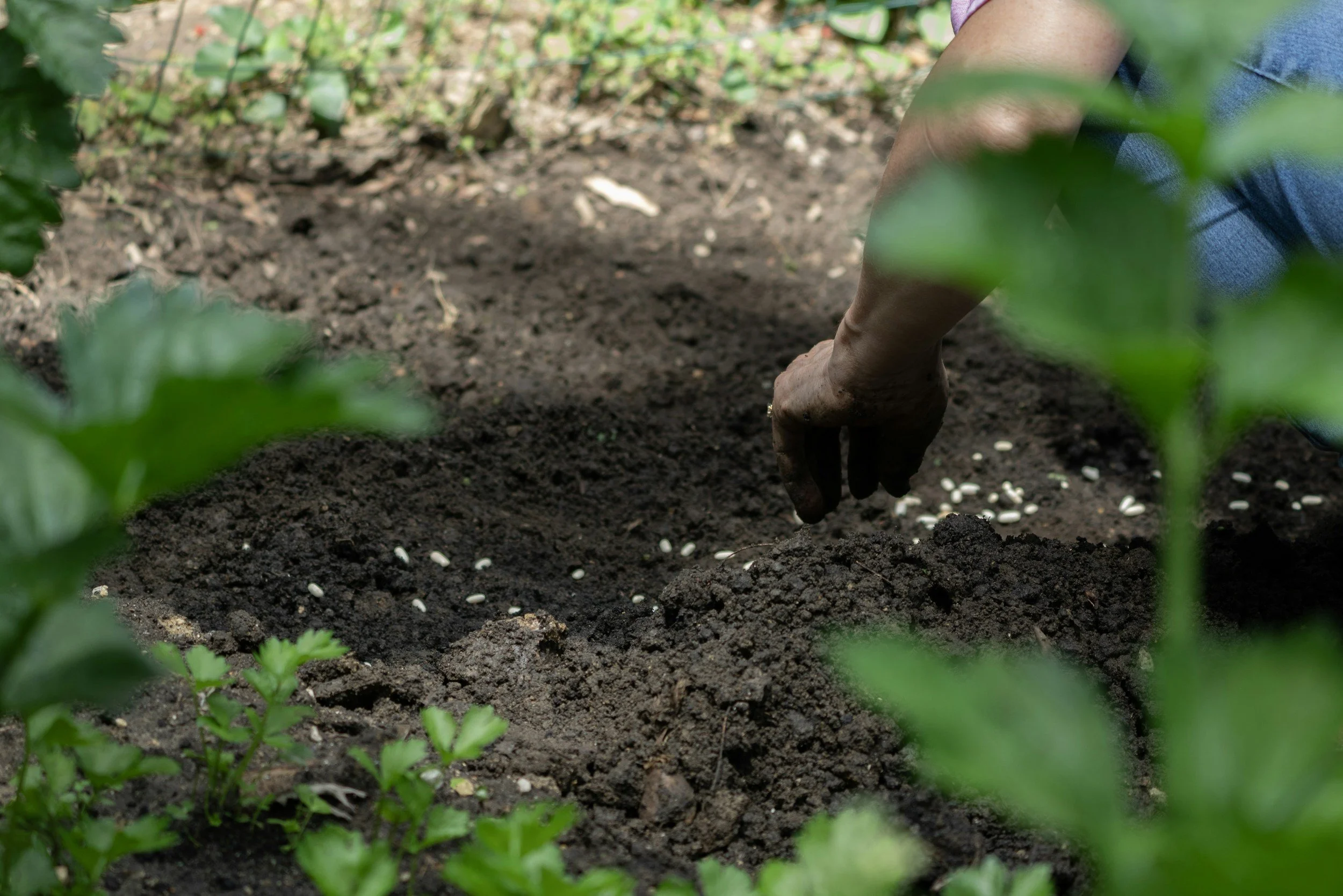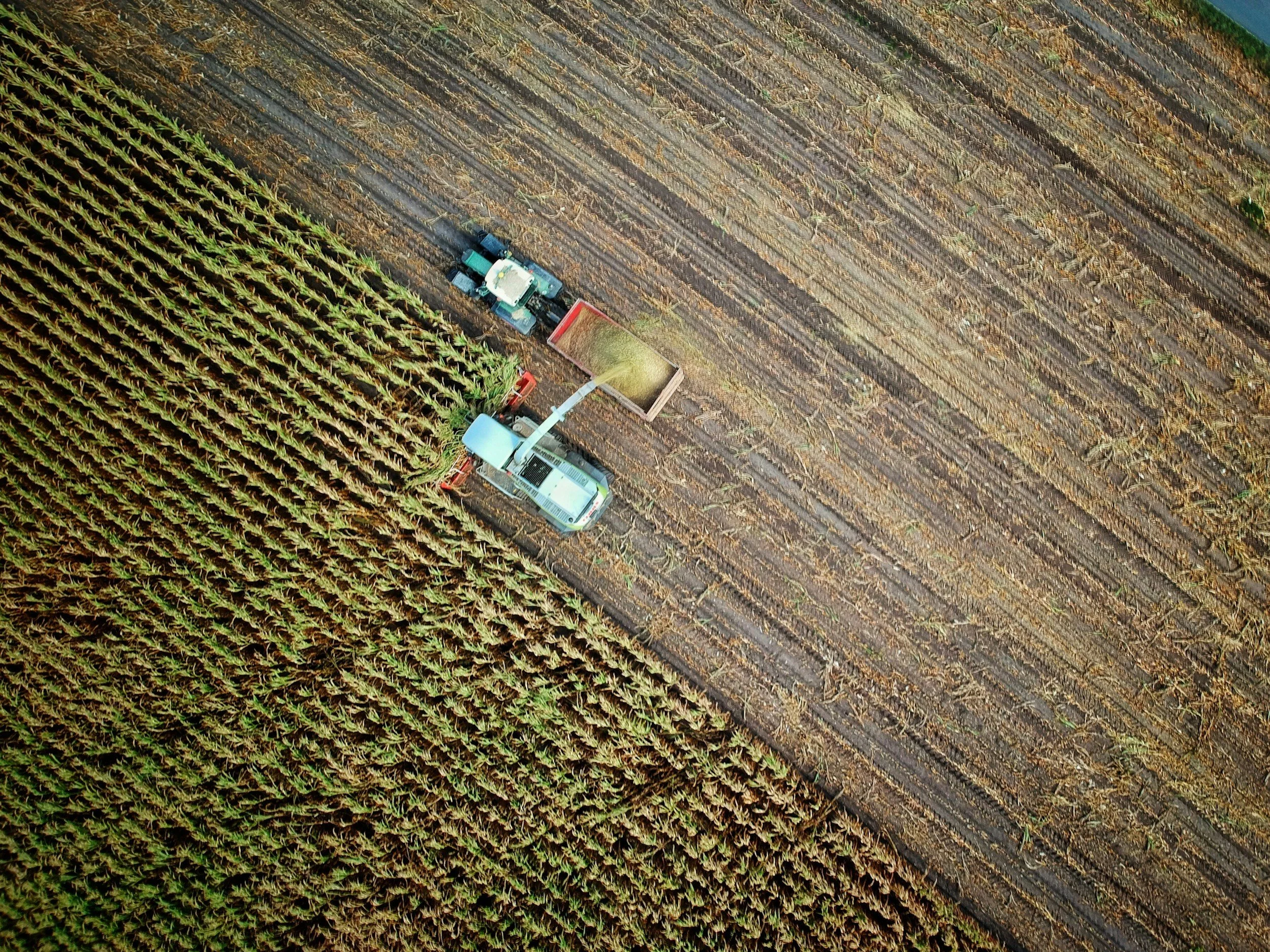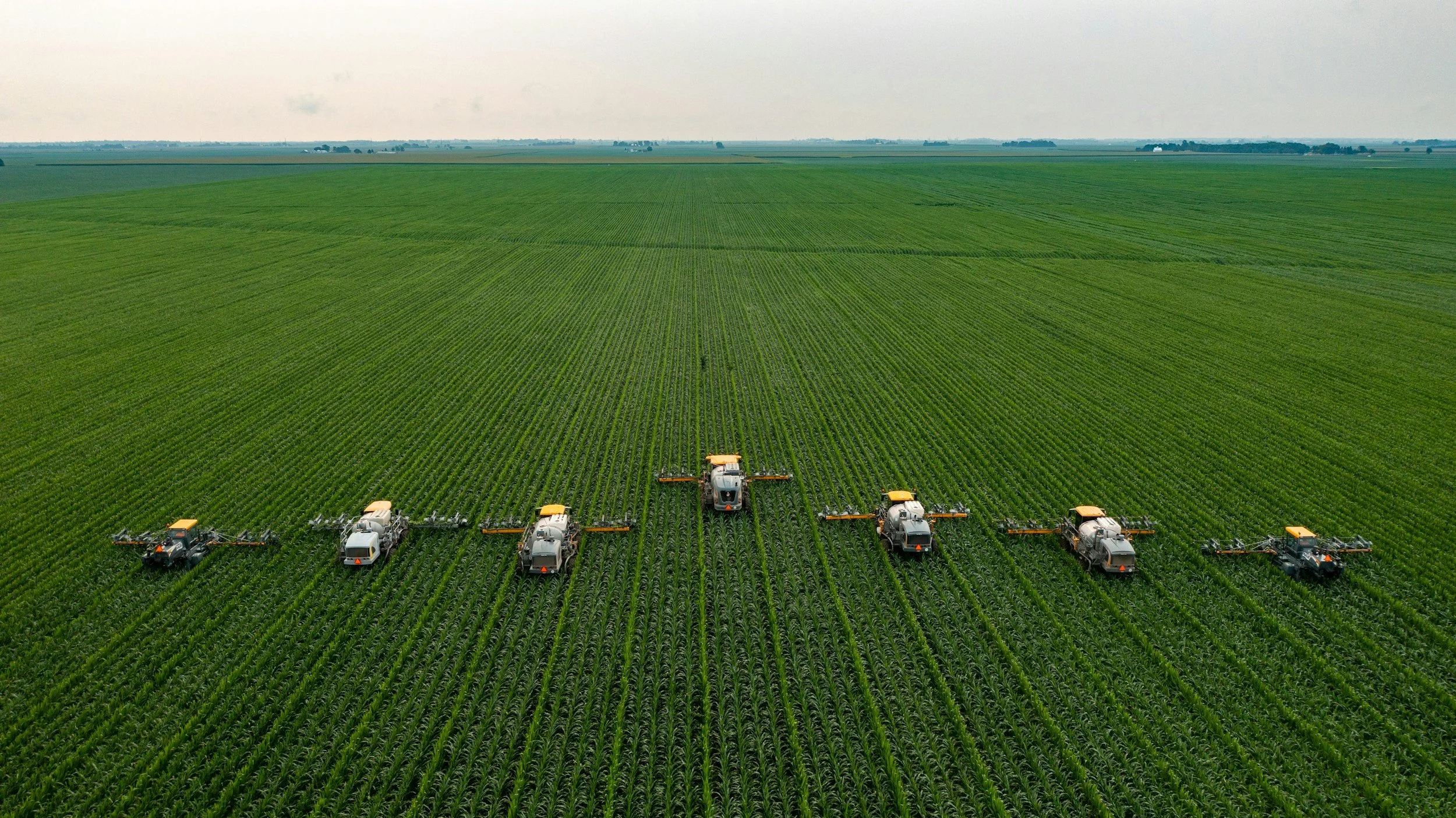6 Ways to Give Your New Agribusiness Venture a Strong Start
/The agribusiness sector has become an increasingly attractive space for entrepreneurs seeking both financial return and long-term impact. With growing demand for food security, sustainable farming methods, and locally sourced products, agribusiness presents opportunities not just in traditional crop or livestock production, but also in areas like agri-processing, logistics, and agri-tech. Many entrepreneurs see it as a meaningful way to participate in essential supply chains while tapping into rising consumer awareness around food quality and environmental responsibility.
At the same time, agribusiness ventures come with sector-specific challenges that require early, strategic consideration. Success in this field is rarely immediate. You’re dealing with seasonal risks, high capital requirements, lengthy production cycles, and a web of regulations that can vary significantly depending on location and product type. It’s easy to overlook these complexities if you’re coming in from another industry, so plan with your eyes open. A proactive, well-researched approach can help lay a strong foundation even before you plant your first seed.
Here are a few practical tips that can help you get your new agribusiness venture off to a confident and capable start:
1) Secure Adequate Working Capital
It’s not cheap to launch an agribusiness, and unlike many service-based ventures, you likely won’t see returns for months. Expect upfront costs to be substantial no matter what you plan to do, whether it’s growing produce, raising animals, or running a food processing facility. Land preparation, equipment, fertilizers, feed, and staff salaries all demand early investment, and that’s before factoring in contingency funds for climate-related disruptions, disease outbreaks, or unexpected shifts in market demand.
The best way to navigate all these costs is to plan for capital that goes beyond basic startup expenses. Consider tapping into multiple sources: agricultural loans from banks, private or government grants, development programs, or private investors familiar with the sector. Strong working capital doesn’t just help you survive; it gives you breathing room to make smart decisions rather than reactive ones.
2) Do Market-Driven Planning
Many new agribusiness owners make the mistake of starting with a product in mind, only to discover too late that demand is weak or highly seasonal. A more reliable approach begins with the market itself. Which crops, livestock, or food products are consistently in demand in your target region? Are there gaps in the supply chain you could fill, perhaps by offering organic variants, processing raw materials, or supplying to institutional buyers?
Market research doesn’t have to be elaborate, but it should be intentional. Look at consumer trends, pricing data, and competitor positioning. Talk to potential customers and local retailers. Planning with the end market in mind increases your chances of profitability and can influence everything from your production methods to your packaging choices.
3) Choose the Right Location and Scale
Where and how you start your operations can have a lasting impact on your business’s viability. Soil quality, climate, water access, and proximity to markets or processing centers all affect the efficiency of your operations. Logistics costs—especially for perishable goods—can also erode profit margins quickly if you overlook them.
It’s just as important to scale appropriately. A smaller, well-managed operation often outperforms a larger but overstretched one, especially in the early stages. Start lean so that you have the flexibility to adjust based on real-world conditions without locking yourself into infrastructure that may be costly to maintain or difficult to adapt.
4) Invest in Quality Inputs and Tech
Attempts to cut costs by compromising on quality often turn out to be more expensive in the long run. Low-grade seeds, inferior feed, or outdated equipment can result in poor yields, inefficiencies, or even failed production cycles. On the other hand, choosing high-quality inputs from the beginning sets a strong baseline for productivity and consistency, two things buyers and partners value.
Technology can further improve output and simplify management. You don’t need to adopt the most advanced systems straight away, but selectively investing in tools like automated irrigation, crop monitoring devices, or digital record-keeping platforms can streamline daily operations and help you make more data-informed decisions. Even modest upgrades in equipment can translate to savings in time and labour, which are often in short supply during peak periods.
5) Build Strong Supply and Distribution Networks Early
No matter how good your product is, it won't sell itself. You need reliable supply chains and distribution channels to get goods from your farm or facility to market in a timely and cost-efficient way. This is particularly true for perishable goods, where freshness can directly influence pricing and buyer interest.
Establish relationships early with transport providers, cold chain operators, cooperatives, and retail or wholesale buyers. These partnerships can smooth out operational bumps and help you scale faster. If you can’t secure volume buyers right away, consider building a network of smaller outlets to maintain consistent turnover while you grow.
6) Adopt a Sustainability Mindset
Sustainability is no longer a niche concern. It’s becoming a standard expectation across industries, including and especially agriculture. Responsible practices both reduce environmental impact and support long-term profitability by preserving soil health, reducing input waste, and appealing to eco-conscious consumers and business partners.
Simple measures like using organic fertilizers, rotating crops, or managing water more efficiently can contribute meaningfully to both sustainability goals and cost savings. Beyond that, aligning your operations with sustainable principles can open doors to funding, certifications, or partnerships that favour businesses with strong environmental credentials.
You need more than just technical know-how to start an agribusiness venture. This undertaking requires you to plan carefully, be patient, and adapt on the fly. But once you set up strong foundations, you’ll be contributing to a sector that plays a vital role in local food systems and community resilience. Your early decisions—from how you manage capital to who you partner with—can shape your success for years to come. With the right mindset and strategic action, your venture can thrive, even in a competitive and evolving industry. Take inspiration from these tips to get a strong start in the agribusiness industry.
About the Author:
Nicole Puller is a freelance writer and guest contributor who covers a wide range of topics, including sustainability, infrastructure, and emerging industry trends. She brings a practical, research-driven approach to her writing, helping readers navigate complex subjects with clarity and insight.
You may also be interested in…









































The agribusiness sector has become an increasingly attractive space for entrepreneurs seeking both financial return and long-term impact. With growing demand for food security, sustainable farming methods, and locally sourced products, agribusiness presents opportunities not just in traditional crop or livestock production, but also in areas like agri-processing, logistics, and agri-tech. Many entrepreneurs see it as a meaningful way to participate in essential supply chains while tapping into rising consumer awareness around food quality and environmental responsibility.